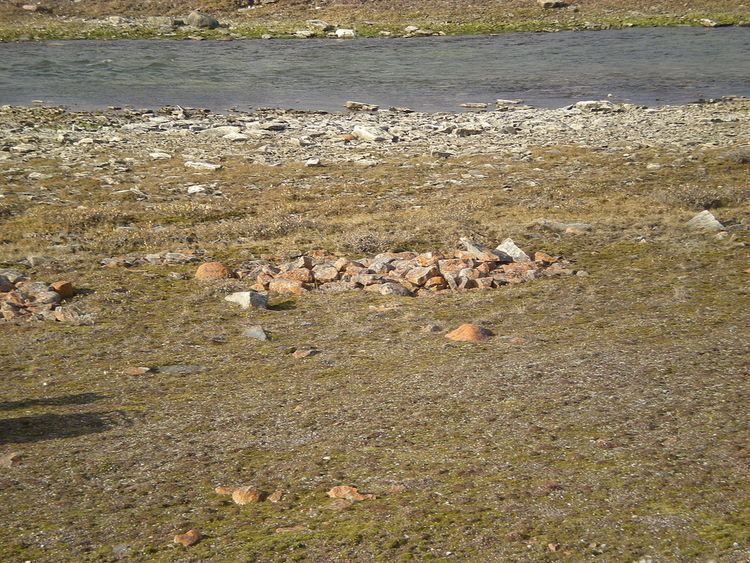 | ||
Hoarding is a general term for a behavior that leads people or animals to accumulate food or other items during periods of scarcity.
Contents
Animal behavior
Hoarding and caching are common behaviors in many bird species as well as in rodents. Most animal caches are of food. However, some birds will also stingily collect other items, especially if the birds are pets. Magpies are infamous for hoarding items such as money and jewelry. (Contrary to popular belief, research suggests magpies are no more attracted to shiny things than other kinds of items.) One theory suggests that human hoarding may be related to animal hoarding behavior, but at this time, substantial evidence is lacking.
Human hoarding
Civil unrest or natural disaster may lead people to hoard foodstuffs, water, gasoline and other essentials which they believe, rightly or wrongly, will soon be in short supply. Survivalists, also known as preppers, often stockpile large supplies of these items in anticipation of a large-scale disaster event.
Anxiety disorder and hoarding
Hoarders are people who lose the desire to throw away unneeded items because of a feeling of attachment to these items. Compulsive hoarders will equate certain, usually mundane, objects to their own personal identity or even give them certain human characteristics. Hoarding is different from obsessive–compulsive disorder (OCD) because their thoughts about hoarding are in their natural stream of thought, not unwanted or distressed thoughts that people with OCD feel.
In severe cases, houses belonging to such people may become a fire hazard (due to blocked exits and stacked papers) or a health hazard (due to vermin infestation, excreta and detritus from excessive pets, hoarded food and garbage or the risk of stacks of items collapsing on the occupants and blocking exit routes).
According to the Diagnostic and Statistical Manual of Mental Disorders, Fifth Edition, the symptoms for hoarding disorder include:
A. Persistent difficulty discarding or parting with possessions, regardless of their actual value.B. This difficulty is due to a perceived need to save the items and to distress associated with discarding them.C. The difficulty discarding possessions results in the accumulation of possessions that congest and clutter active living areas and substantially compromises their intended use. If living areas are uncluttered, it is only because of the interventions of third parties (e.g., family members, cleaners, authorities).D. The hoarding causes clinically significant distress or impairment in social, occupational, or other important areas of functioning (including maintaining a safe environment for self and others).E. The hoarding is not attributable to another medical condition (e.g., brain injury, cerebrovascular disease, Prader-Willi syndrome).F. The hoarding is not better explained by the symptoms of another mental disorders (e.g., obsessions in obsessive-compulsive disorder, decreased energy in major depressive disorder, delusions in schizophrenia or another psychotic disorder, cognitive deficits in major neurocognitive disorder, restricted interests in autism spectrum disorder).Specify if:
Specify if:
